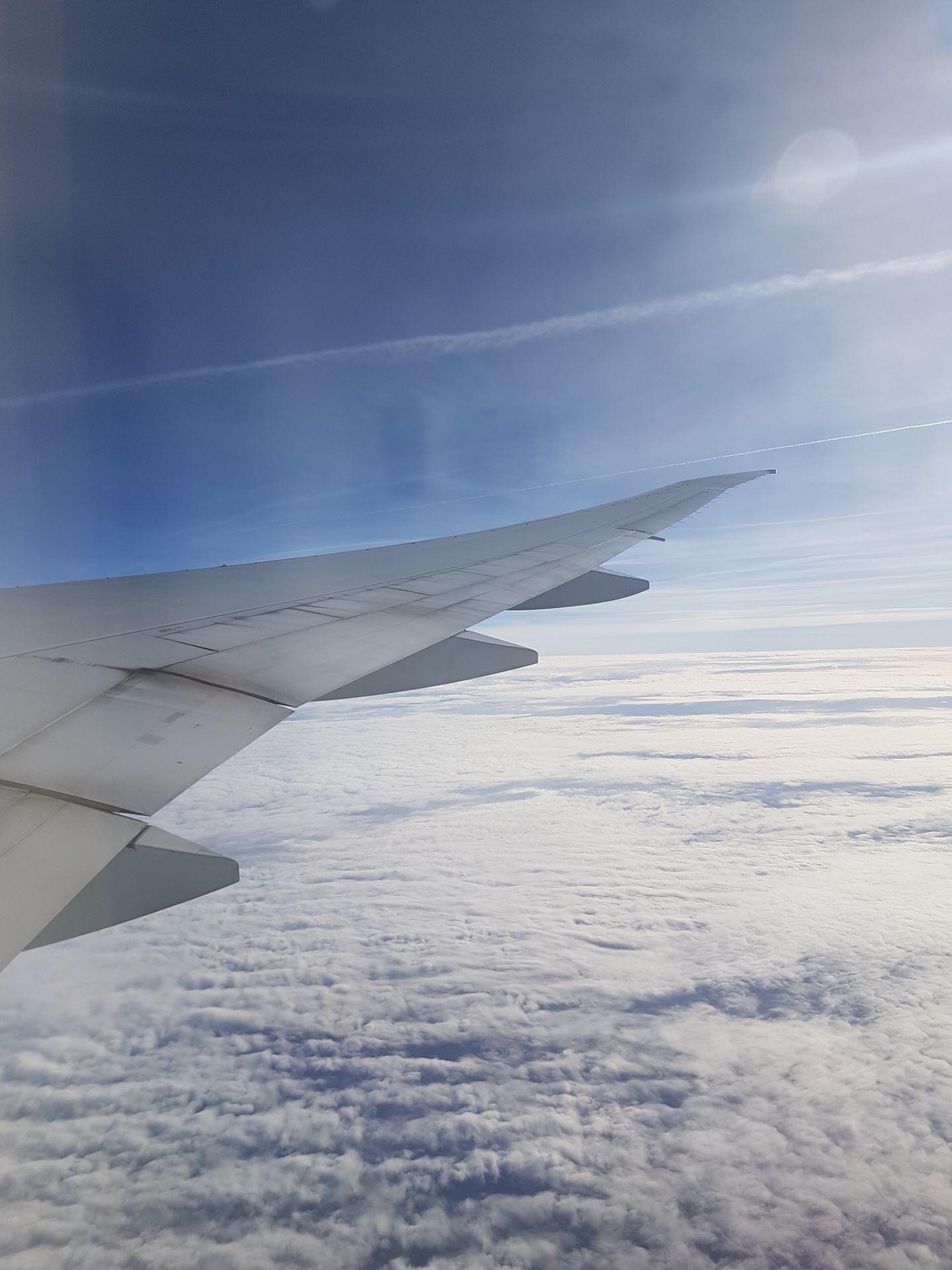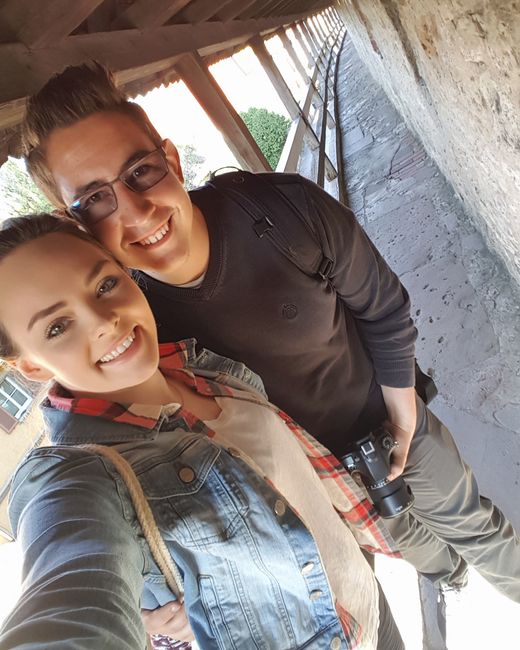19/07/2018 - The easternmost point of New Zealand
Udgivet: 23.08.2018
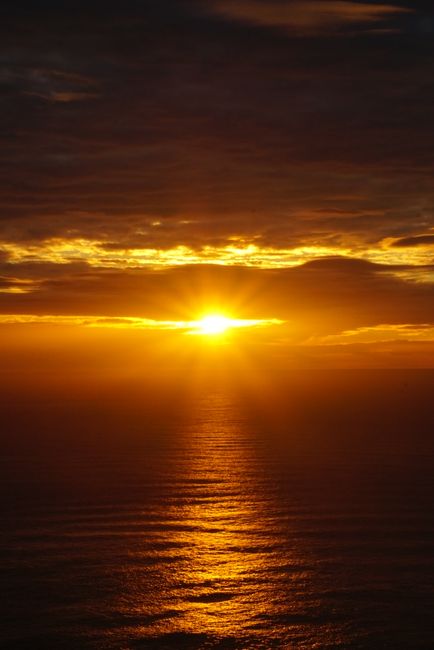
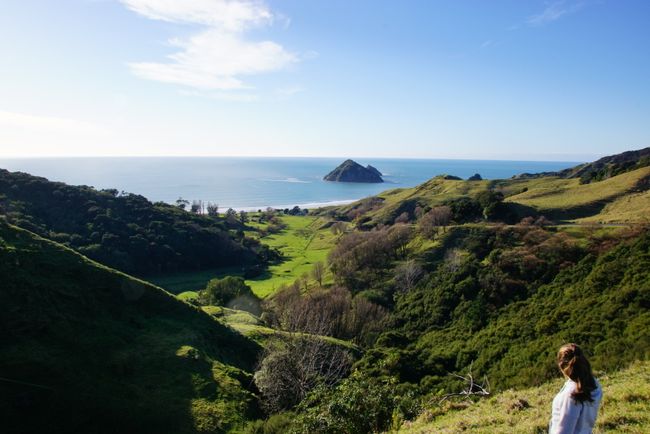
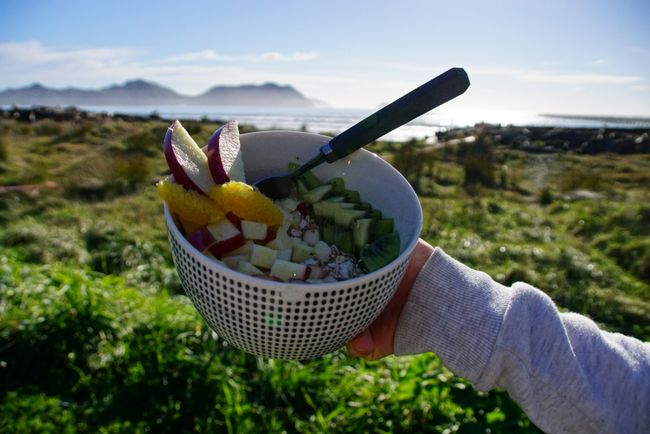
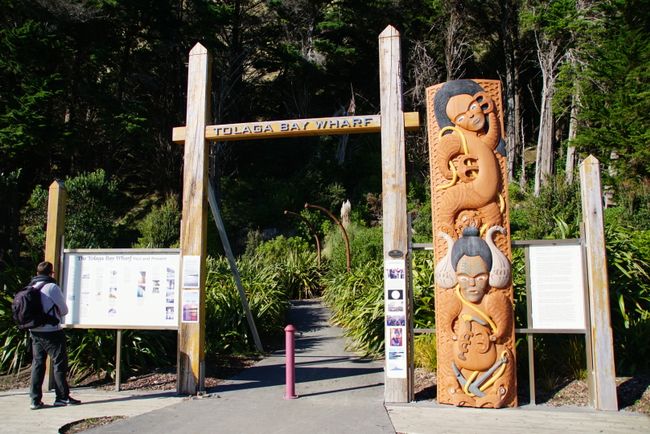
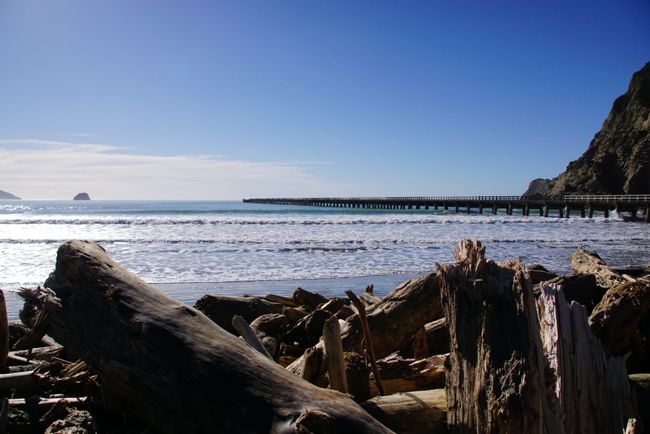
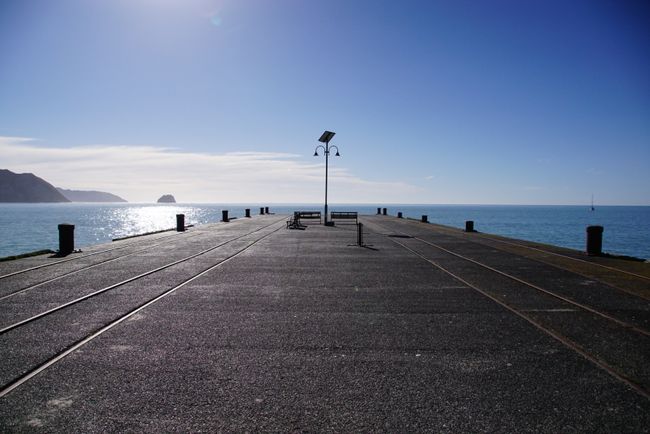
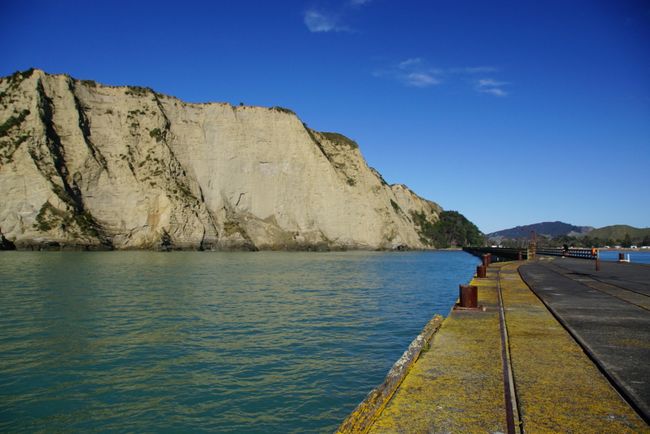
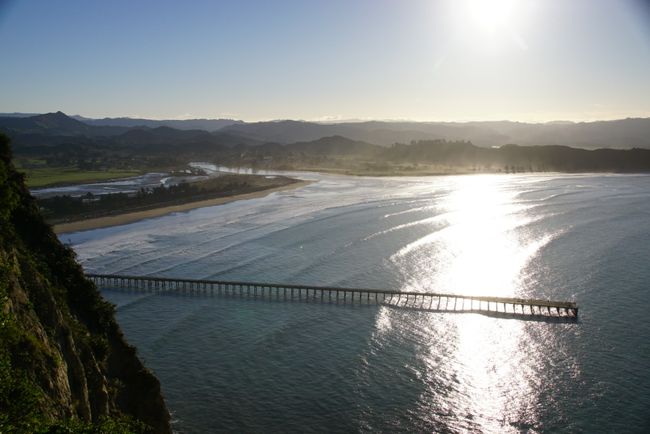
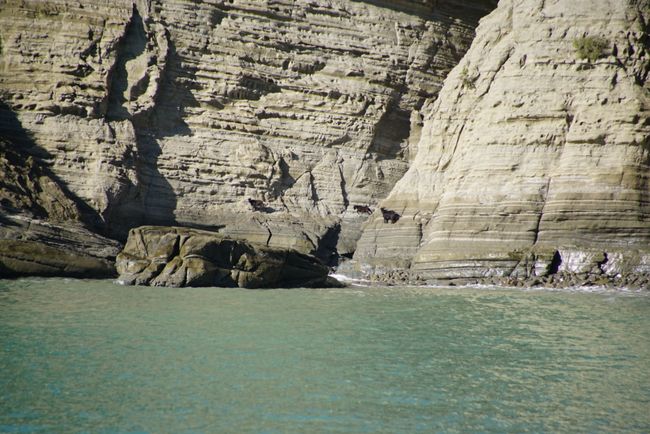
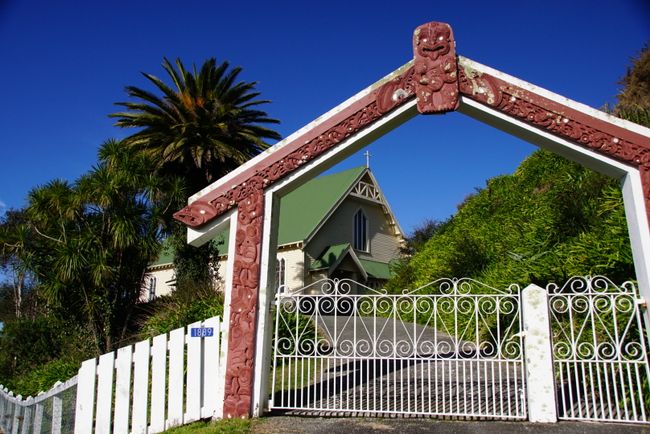
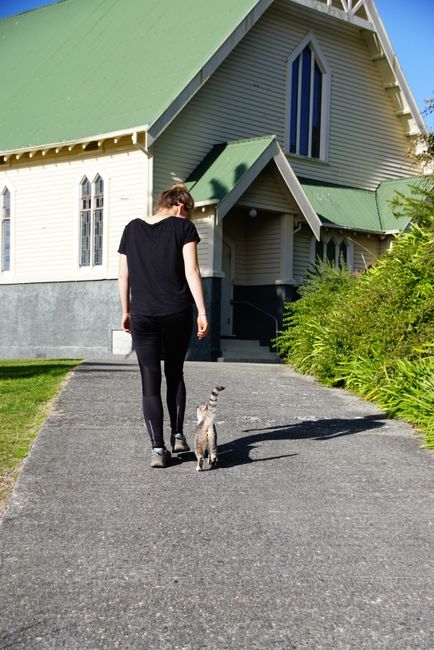
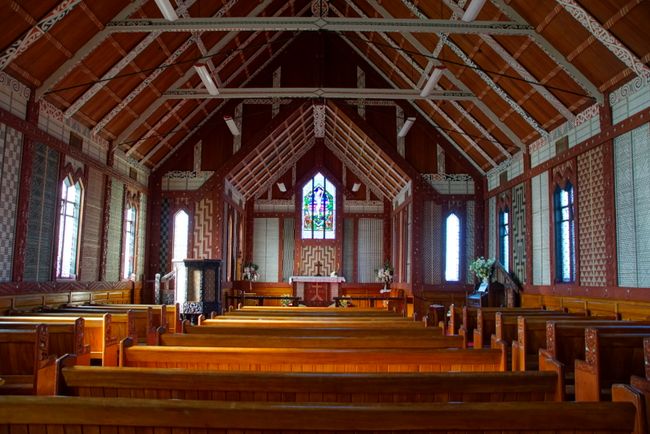
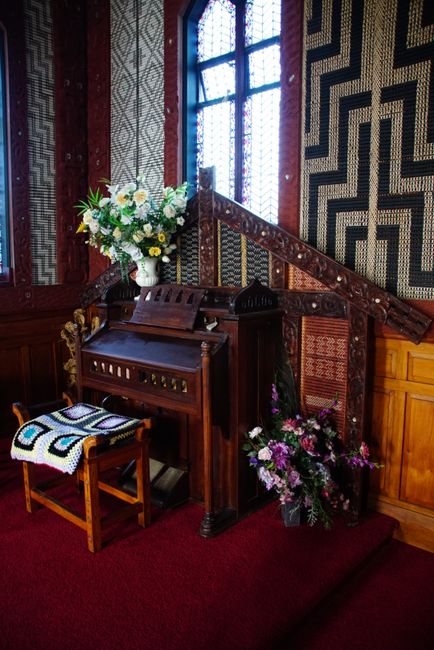
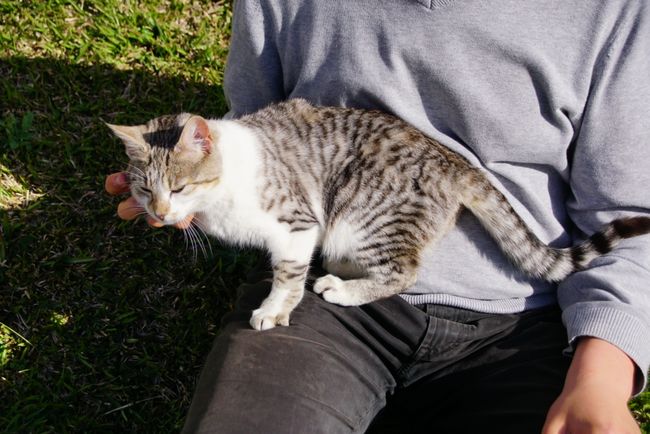
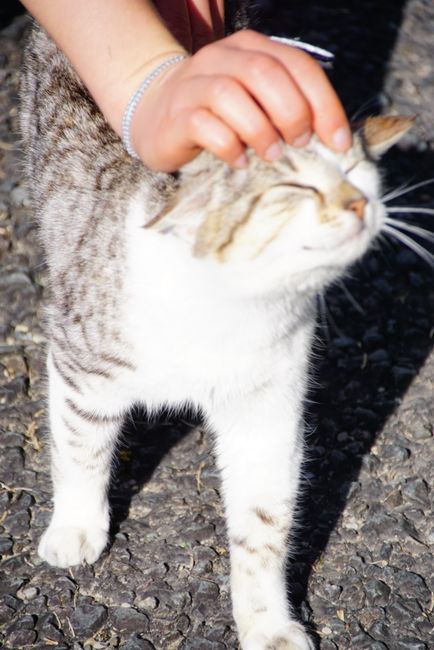
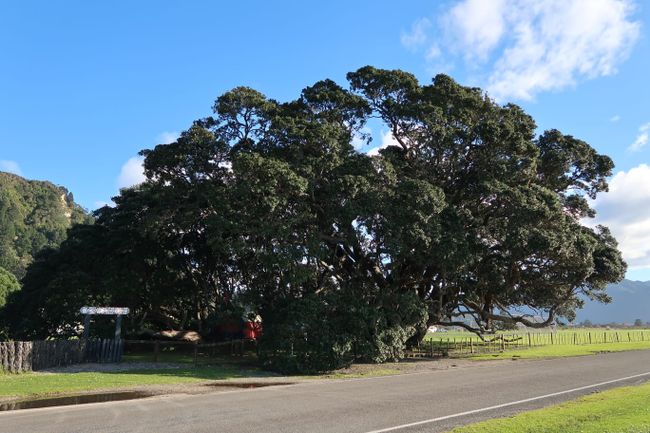
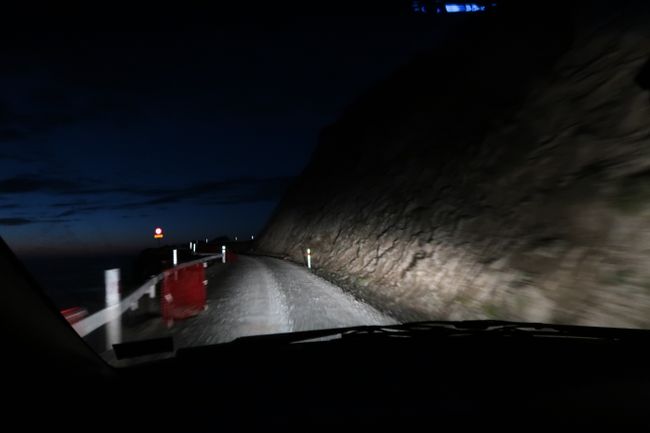
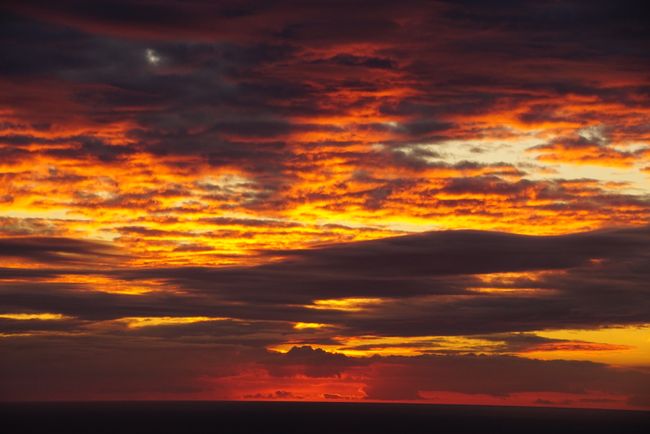
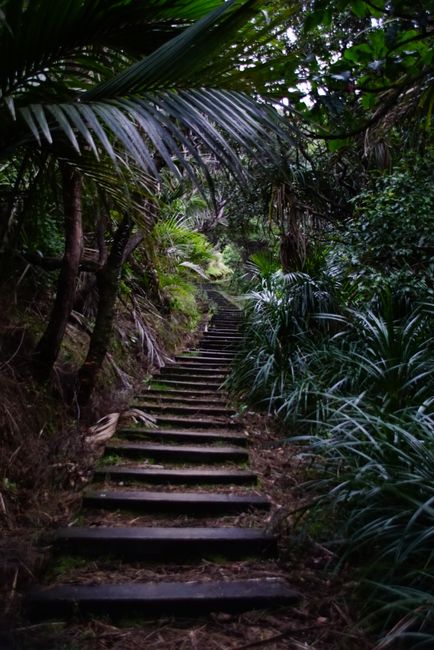
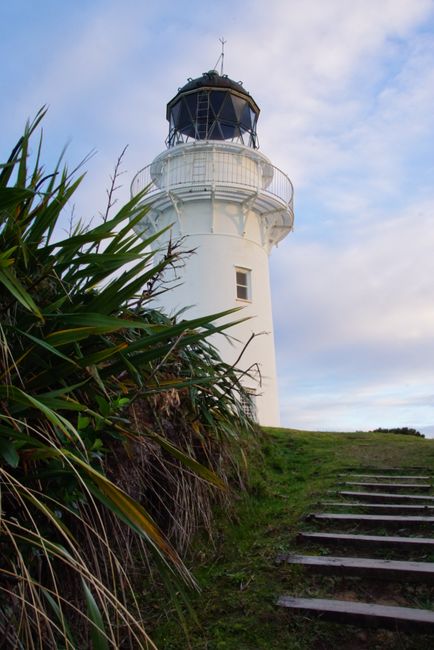
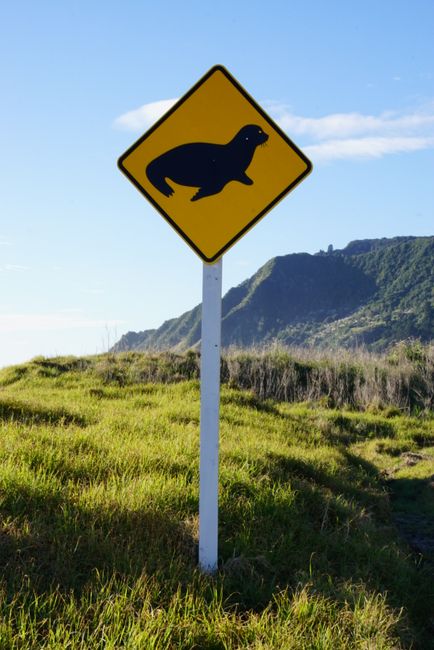
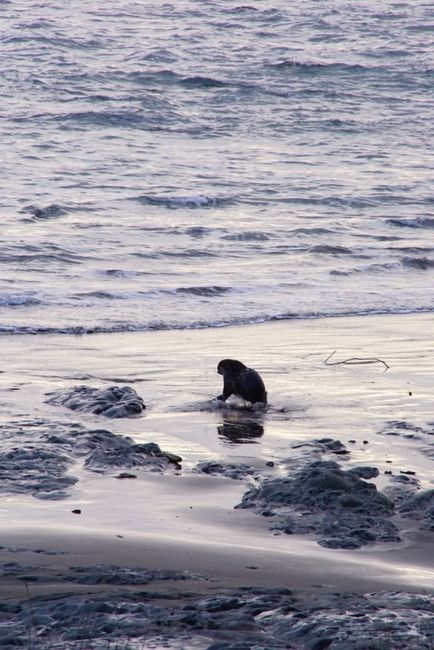
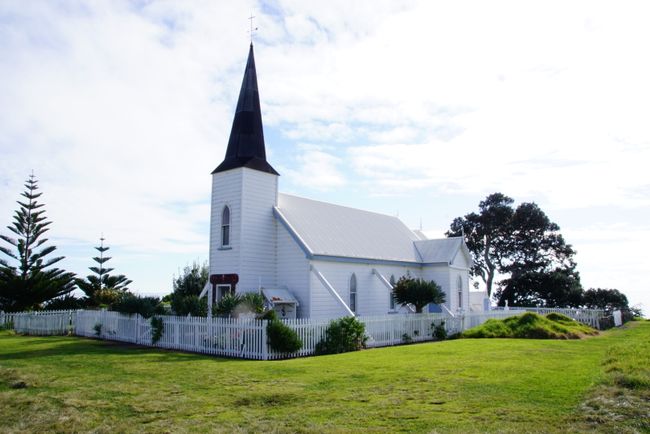
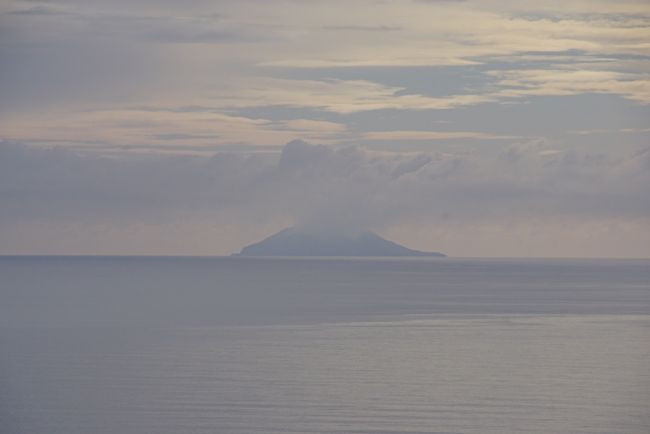
Abonner på nyhedsbrev
The night at Victor's campsite was characterized by an incredible calm. Well-rested, we took a warm shower the next morning and were ready to leave. Our host seemed to anticipate this and brought our food, which we were allowed to store in his private refrigerator, outside. The three of us maneuvered the car off the flooded meadow and said goodbye to Victor.
First, we drove back to a well-known place. Since we didn't have enough time the day before to visit "Tolaga Bay" with its sights, we made up for it now. But before we went to the longest pier in New Zealand, we had breakfast. Various fruits, nuts, and oats taste even better with a view of the sea. :)
Strengthened, we took a closer look at the landmark of the bay.
In 1929, the 660-meter-long pier was built. For a long time, the structure served as an important trading place for the region. Since roads were poorly or not at all developed at that time, farmers were able to sell their products here. But over the years, the road network was significantly improved, and soon the pier was no longer profitable. In 1967, the last merchant ship left the wharf. This sealed its fate. In the late 90s, there was nothing left of the old splendor. The structure was threatened by decay. The sight pained the community, so they founded a charitable organization. It took ten years to restore the reinforced concrete pier, which reopened in 2013 with great ceremony.
At the beginning, we walked all the way to the end of the once important jetty. Apart from minor cosmetic defects, it still looks really good. We enjoyed the view of the surrounding coastline and the pure sunshine. Through the old railroad tracks, we could imagine how trade was conducted here in the past.
"Määhh!" What was that? And where did it come from? Just as we were about to start the return journey, we heard the loud bleating. At first, we couldn't locate where the sound was coming from. Only after the goat cried out several times did we spot it climbing along the cliffs. To our surprise, it was not alone. Two more like-minded individuals wandered around near the sea. However they got there, we hope they find their way back to safe ground.
Back at the car, we started the engine and continued driving along the east coast. We made our next stop in "Tikitiki", which was about 100 km away. Here, in 1920, the "St Mary's Church" was built, which combines the features of a Christian church with Maori culture. Countless wood carvings and weavings adorned the interior of the house of worship. However, what remained in our memory was not only the beauty of the church, but also a little cat that greeted us immediately upon arrival. Throughout the entire time, she didn't leave our side. Whether during the walk to the church or during the visit, she faithfully walked beside us. Of course, she was delighted with every petting session we gave her. :) We fell in love with her instantly and would have loved to take her with us. Therefore, saying goodbye to her was quite difficult. It took several minutes until we could let go of the cuddly and trusting cat.
Nothing noteworthy happened on the rest of the drive - the "East Cape" of the North Island is not known for its sights. Therefore, in the early afternoon, we reached "Te Araroa" - our overnight destination. We visited the local supermarket, treated ourselves to an ice cream, and visited the ancient "Pohutukawa" tree. This is the oldest of its kind in all of New Zealand. Its size is impressive! Although it is only 19m high, it covers a large area and extends far beyond the adjacent road.
We ended the day with a few rounds of billiards at the campsite.
The morning started very early. The alarm clock went off at 05:15 a.m. and we got up before sunrise. After quickly brushing our teeth and clearing the front seats, we were on our way. We left Te Araroa and drove to the easternmost point of New Zealand. The journey there is certainly an experience with beautiful views during daylight hours. In the darkness, however, the 50-minute drive turned into an adventure. Not only did we have to pay close attention to the road surface, which regularly shifted between paved and unpaved, but it was mainly the animals that demanded our vigilance. At a distance of a few meters, several warning signs about animals flashed. First, it was sea lions, and shortly after, cows that could cross the road. Luckily, most of the animals stayed away from the road. Only a small group of sheep ran with us for a bit towards the east. When the hare and bird successfully escaped us, and the cows only got scared by the high beam, we knew we were almost there. After almost an hour, we reached our destination - the parking lot of the "East Cape Lighthouses". Now there were only 750 steps separating us from the "first sunrise of New Zealand"!
Some people even claim it is the first sunrise in the world. However, this is not proven and is heavily debated, as many islands are located in the South Pacific and want to claim the title for themselves.
We abstain from any discussion and simply look forward to the first rays of sunshine.
Finding the way up to the lighthouse was relatively difficult in the darkness. But once we found the walkway, there was no stopping us, and we stormed up the many wooden steps. When we reached the top, the clouds slowly began to change color. With the lighthouse built in 1922 behind us, we enjoyed the sunrise. Fortunately, our fear that it might disappoint us and remain hidden behind clouds did not come true. Precisely at 07:18 a.m., the fireball rose up from the distant horizon. With two other backpacker couples who joined us later, we enjoyed the warmth and the first rays of sunshine on our skin.
When the sun was fully in the sky, we made our way back to the car and to Te Araroa. The drive was much more relaxed and we encountered more animals - horses, sheep, cows, and sea lions along the way.
After our traditional muesli with a sea view, we continued our road trip. This took us along the coast back to civilization. For over four hours, including breaks, we drove to "Opotiki", which was 160 km away. On the way there, we took several detours from the highway to visit various sights. For example, we visited a beautifully located church - built right on the beach, it could be seen from afar. We also saw "White Island" for the first time! Only 48 km from New Zealand's coast, it is the country's only active volcanic island. We saw the plumes of smoke rising above the island with the Maori name "Te Puia o Whakaari" from a distance. It was completely surreal to think that several providers bring tourists to the island every day. This regularly leads to eruptions - the last eruption occurred in 2013.
The campsite we had planned to stay at in Opotiki for tonight was closed again, so we visited an alternative slightly outside the city. During the winter season, it is inhabited by many seasonal workers from different countries. With loud reggae music playing, we prepared our dinner in the communal kitchen and enjoyed it.
After the long drive, we had a bit of a headache and were glad to be able to relax and put our feet up in the evening.
Abonner på nyhedsbrev
Svar

Rejserapporter New Zealand
